Modi’s hostility to Pakistan
Modi’s ambition of putting India into big league can only happen if it's at peace with neighbours, internally stable
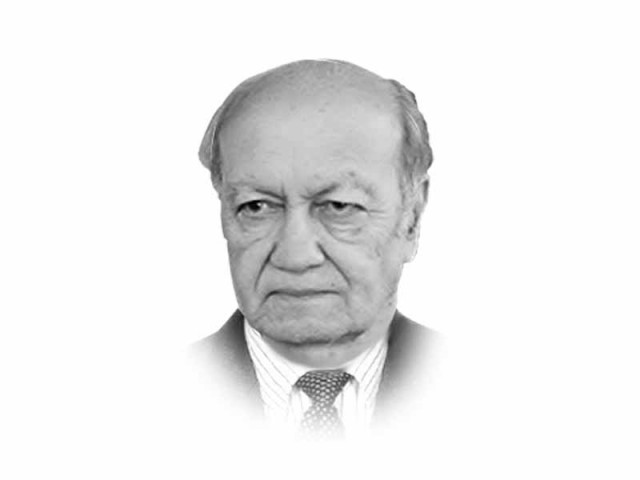
Most pundits attribute this aggressive Indian posture towards Pakistan to several factors that relate to Indian political dynamic, its growing international clout and Pakistan’s current weaknesses. It is widely believed that Indian Prime Minister Narendra Modi stepped up anti-Pakistan rhetoric to make gains at the recently held state elections. His belligerent posture against Pakistan and his Hindu nationalist roots, along with his positive image as a performer, did help the BJP to sweep polls in Maharashtra and Harayana states that previously were the strongholds of the Congress. For Modi, the BJP’s victory in the forthcoming state elections in Jammu and Kashmir (J&K) is considered crucial for realising his highly controversial plan of doing away with Article 370 of the Indian Constitution that gives a special status to the state. Any change in the constitutional status of J&K will have far-reaching repercussions for the people of the state and further adversely impact India-Pakistan relations. It will also demonstrate India’s arbitrary and hegemonic attitude and trigger a fresh wave of resistance in the Valley.
The warm reception that was accorded to Prime Minister Modi in the US and other world capitals, after the BJP’s convincing victory in the national elections, has further inflated his arrogance. The BJP leadership is also emboldened by Pakistan’s present political instability and internal weakness. Perhaps, in Modi’s assessment, if he were to behave normally towards Pakistan, the world would take a kinder view of it and will be a counter to his policy of isolating Pakistan.
Intensity of border violations, however, is likely to subside in the coming weeks as this is a short-term tactic and would be counterproductive if pursued over a prolonged period. Modi’s ambition of putting India into the big league can only materialise if it is at peace with its neighbours and is internally stable. Increased tension and escalating violence in a nuclear environment would keep investment away and consequently, affect economic growth and reflect poorly on India’s ability to deal with its neighbours.
We have recent examples when mounting tension brought armed forces of India and Pakistan eyeball-to-eyeball and then they were withdrawn without any gains. It also led to foreign investment shying away and raising alarm of a conventional war that could escalate into a nuclear confrontation. During the 2002 general mobilisation, Pakistan’s unambiguous warning that it will not hesitate using its strategic weapons if it were conventionally overrun did have a sobering effect and resulted in the pullback of military forces to peace locations.
The Indian allegation that Pakistan is responsible for the current border skirmishes and has initiated them and that it is only retaliating with greater intensity and firepower does not stand to close scrutiny. At a time when Pakistan’s armed forces are stretched to their limit in fighting an existential threat of insurgency, is engaged in rehabilitation of the IDPs and flood-affected people, and have a bulk of armed forces deployed on the eastern front, it is not logical to ignite tensions and further stretch their resources. Moreover, with the highly elaborate defensive network in place on the Indian side of the Working Boundary and the LoC — electrified fencing, aggressive patrolling, satellite coverage, etc., it seems so illogical that these could be penetrated so easily. Equally intriguing is the disregard on the part of the Indian military in invoking the established confidence-building measures (CBM). In case of border violations, there is an agreed procedure that is supposed to be followed irrespective of who fired the first round. Local commanders are expected to inform their counterparts regarding incoming fire so that the situation is quickly brought under control and if firing fails to cease, flag meetings should be sought and if that also does not work, then the DGMOs’ hot line should be activated. Both countries blame each other for not responding to any of these CBMs. The Pakistan Army blames India for deliberately flouting the CBMs as a part of its current policy. Frequent volatility on the LoC and the Working Boundary is symptomatic of the deeper grievances and the unfortunate history that the two countries share and are unable to shed for a better future.
Pakistan’s frustrations are embedded in India’s intransigence over solving the Kashmir problem politically, its continued suppression of the Kashmiri people and its overall hegemonic behaviour. For India, Pakistan’s support of militants is unacceptable and responds forcefully to it politically, diplomatically and by activating the border. Modi should, however, know that deep political alienation cannot be addressed through administrative measures like abrogation of Article 370 and the autonomous status of the state. Kashmir is truly a thorn in the throat of India, no matter what draconian measures it takes to suppress them. Perhaps, the Indian leadership does not realise that the younger generation of Kashmiris born after 1990 has only experienced suffering and refuses to accept Indian dominance. So, it is a long-term problem that will not go away by arbitrary administrative measures. Pakistan should stop support to any militants, if any, because the post-1990 generation will not accept any Indian control and our involvement will only weaken its case politically.
If India-Pakistan tensions continue, these would influence their policies in Afghanistan, with serious impact on the overall stability of the region.
Unless Modi abandons his belligerent policy, no progress seems possible. The Pakistani leadership cannot continue to keep knocking at a closed door. It is regrettable that South Asia is already the most disconnected region in the world and current Indian policies are further pulling it apart.
Published in The Express Tribune, October 29th, 2014.
Like Opinion & Editorial on Facebook, follow @ETOpEd on Twitter to receive all updates on all our daily pieces.





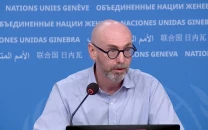

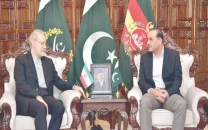

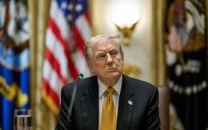

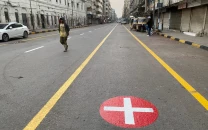







COMMENTS
Comments are moderated and generally will be posted if they are on-topic and not abusive.
For more information, please see our Comments FAQ